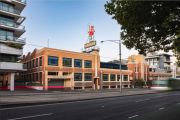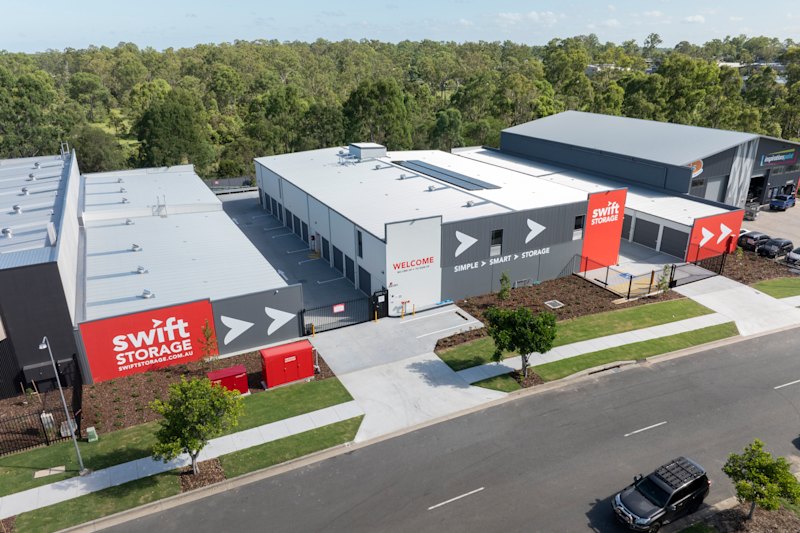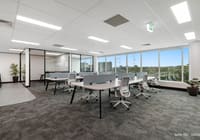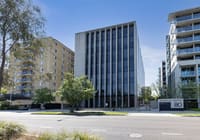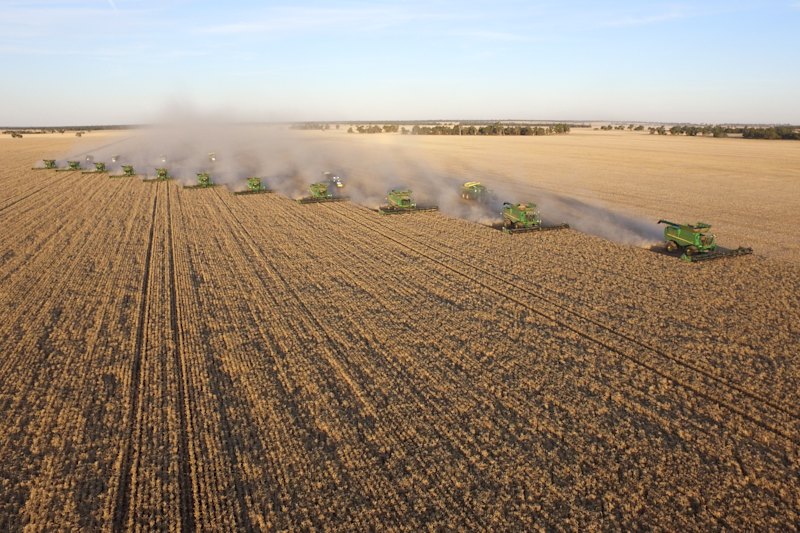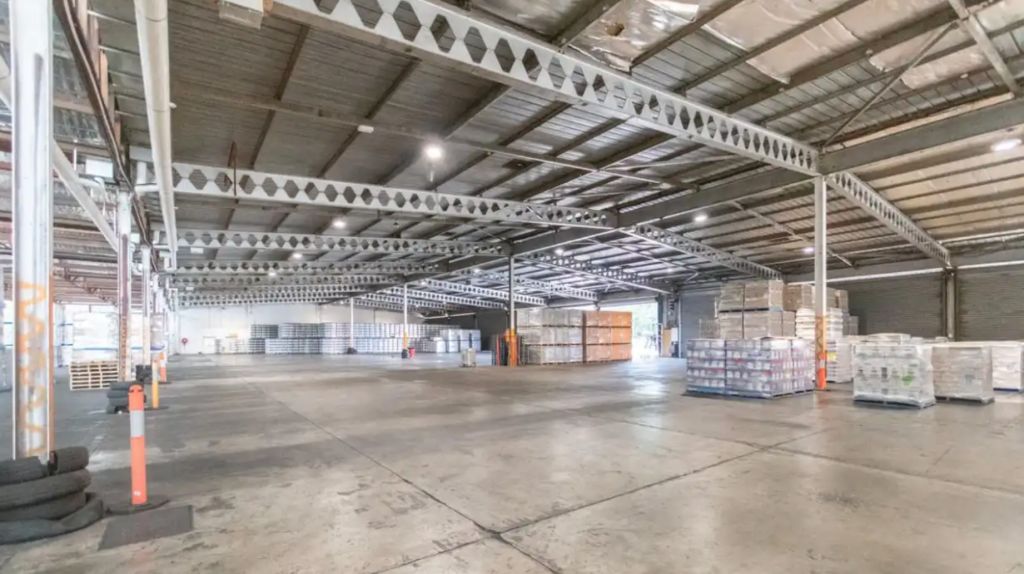
Online retailing to drive industrial leasing to another record year
Industrial landlords are on track for another record-breaking year after around 1 million square metres of warehouse space was leased during the first quarter of 2021, most of it in Sydney and Melbourne.
Last year, a record 3.2 million square metres of warehousing was leased, with the boom fuelled by the acceleration of online shopping and e-commerce during the pandemic.
If the current pace of deals is maintained, around 4 million square metres of warehouse space will be leased by the end of the year.
According to Colliers, which compiled the latest figures, more than half of all leasing deals completed in the first quarter were in the transport, logistics and retail sectors.
Driving the activity in 2021 has been the continued growth in e-commerce and as companies look to streamline and automate their supply chains in larger, more efficient and better located warehouses to ensure speedy delivery of goods to customers.
“Looking ahead, take-up for 2021 is expected to exceed the 3.2 million sq m recorded in 2020 and will mean another record year,” said Gavin Bishop, head of industrial capital markets at Colliers.
“The strong result will be supported by a pick-up in the Brisbane, Adelaide and Perth markets after a subdued 2020.
“Confidence and tenant enquiries have picked up substantially in these cities over the past six months and will flow through to completed deals in the coming quarters.”
Deals completed over the quarter include efm Logistics leasing a 15,580sq m speculative warehouse within Frasers’ Rubix Connect industrial estate in Melbourne’s Dandenong South, Visy leasing a 34,777sq m facility in Melbourne’s north being developed by Charter Hall and DHL committed to a 38,000sq m temperature-controlled warehouse within ESR’s Bringelly Road Business Hub in Western Sydney.
The surge in leasing deals has pushed down the national industrial vacancy rate to just 4 per cent, down from 5.2 per cent in the December quarter, in sharp contrast to rising vacancy rates in the office and retail sectors.
In select sub-industrial markets such as Sydney’s outer west and Melbourne’s south-east, the vacancy rate is closer to 1 per cent, according to Colliers.
Hugh Gilbert, national director of industrial at Colliers, said in Melbourne’s West, the country’s most active leasing market, there was almost 400,000 sq m in active tenant briefs in the market seeking warehouse space above 10,000sq m.
Institutional capital
“A further 275,000sq m is being prepared by occupiers to go to market with the transport, logistics and retail sectors accounting for the bulk of these enquiries,” he said.
In Western Sydney, there is 887,000sq m of active tenant requirements in the market. Of this total, 41 per cent stems from the transport and logistics, manufacturing and wholesale trade sectors,
Alongside the surge in leasing activity, competition for assets from a $40 billion-plus pool of institutional capital is driving up values and pushing down yields across all markets, most noticeably in Sydney and Melbourne, where some prime core assets have traded on sub-4 per cent yields.
“There are also select cases in Brisbane where yields around the 4 per cent mark are being struck. Yields at this level are unprecedented in thesector and it highlights the significant growth in values andrepricing that has occurred over the past three years,” said Colliers in its Industrial Research and Forecast Report
“Prime yields at a national level are now sitting 225 basis points below the 10-year average and 220 basis points below the last market peak in early 2008.
“Given other global key logistics hubs trade closer to 3.5 per cent, further compression will bring key markets in Australia more in line with key gateway centres.”
Demand for warehouse space has also fuelled rental growth. Rents rose 1 per cent in the first quarter of the year nationally, while incentives fell to an average of 14.2 per cent nationally.
“Looking ahead, we are forecasting rental growth in the order of 2.5 per cent in the prime market over 2021. Inner-ring markets, where future supply is limited, are expected to outperform this rate,” said Colliers.

